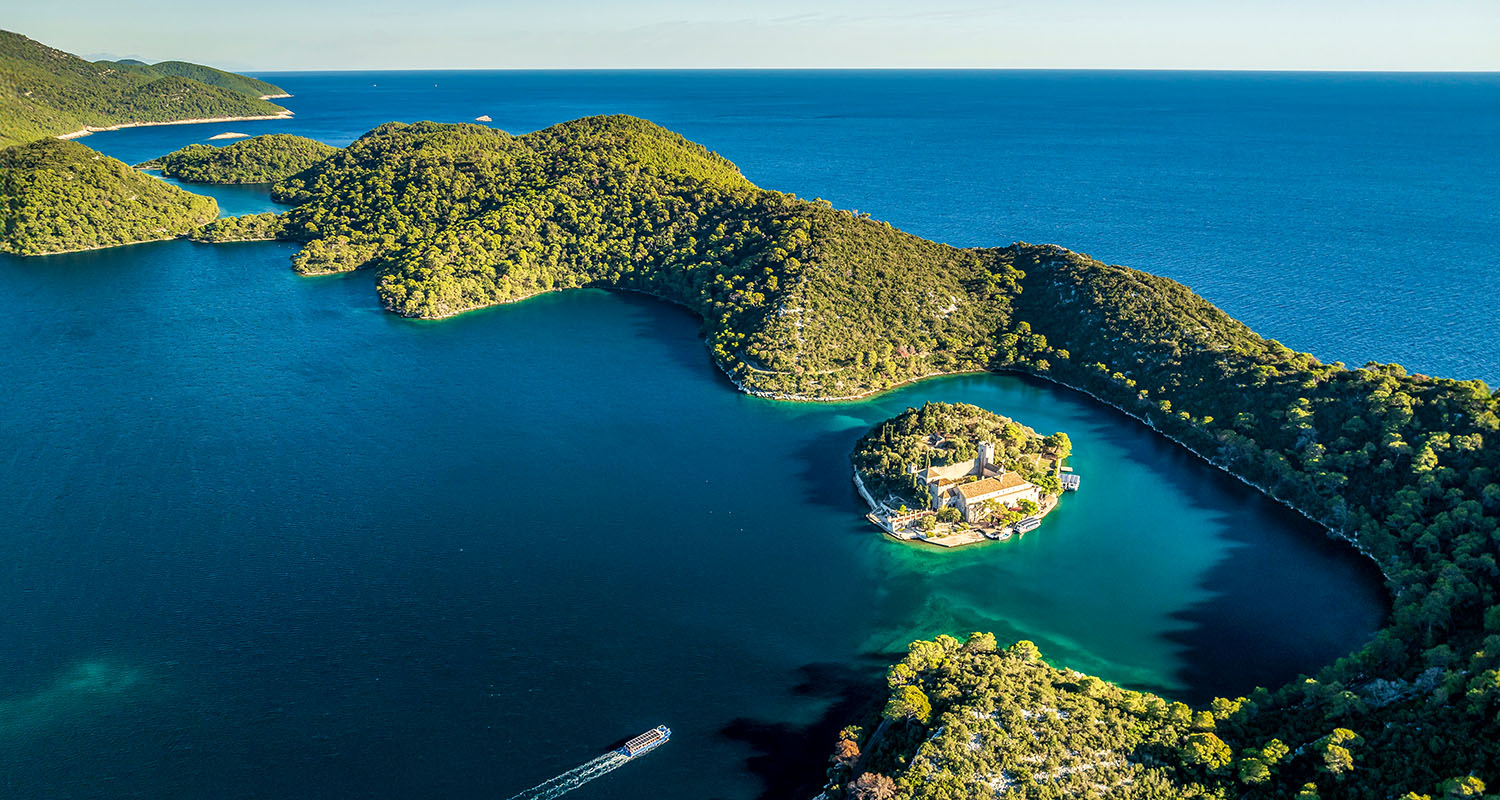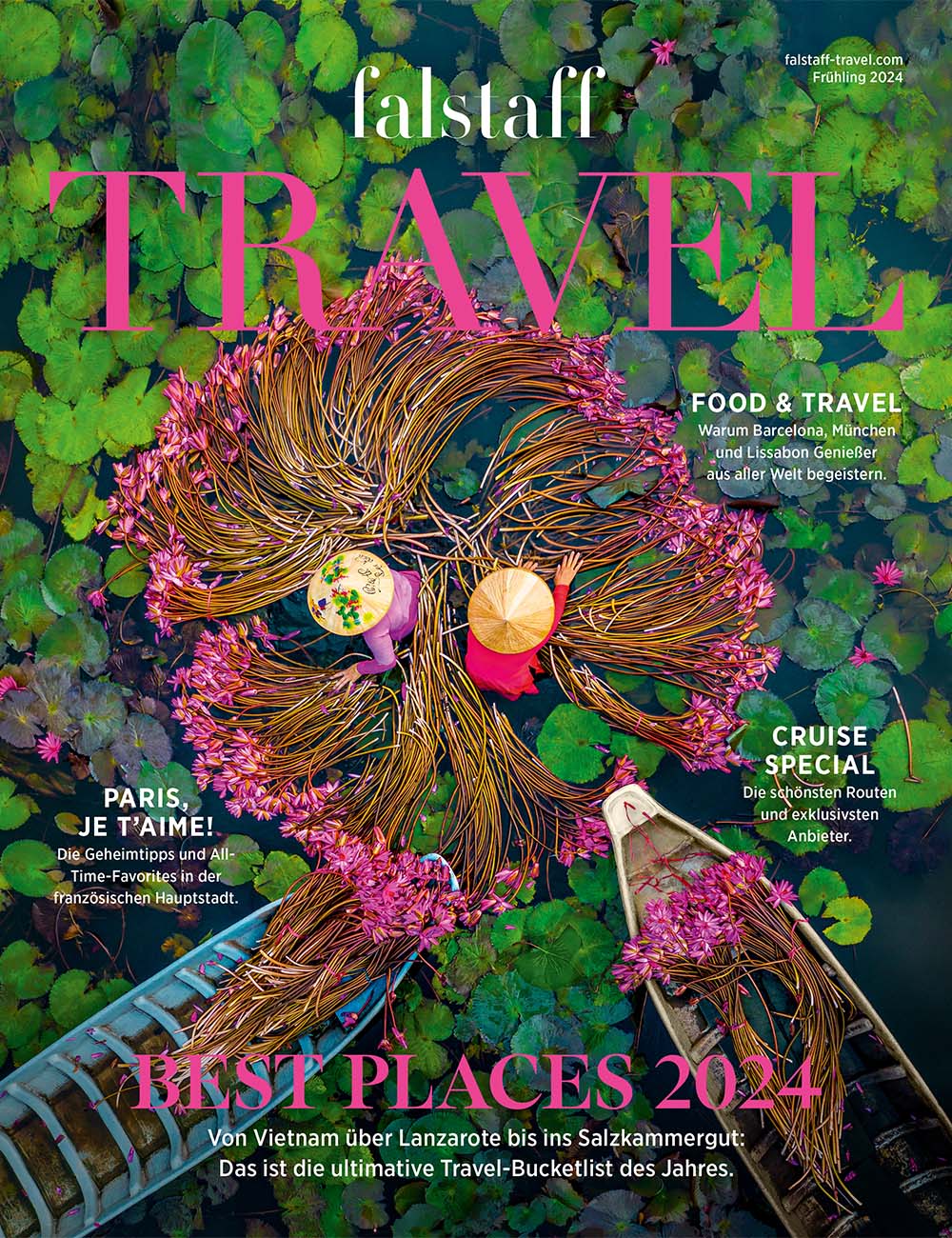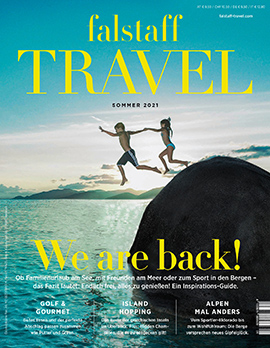
Captivating Croatia: Land of a thousand islands
Croatia is much more than a picture-perfect idyll with crystal-clear, turquoise coastlines. It's a sun-drenched paradise, a Mediterranean mosaic of dreamlike expanses, ancient history and a unique, diverse culture.
May 3, 2024
Julien-Duval
When Alfred Hitchcock traveled to Croatia for the first time in 1964, he fell in love with the breathtaking, colorful sunsets that can be seen from the coastal town of Zadar. At that time, the country was still part of Yugoslavia; since gaining independence in 1991, it has been on a real high. When the makers of the series "Game of Thrones" went to the rugged Adriatic coast to shoot many of the show's iconic scenes, Croatia experienced a real hype on social networks. Many of the 20 million or so posts that can be viewed at #croatia on Instagram show shimmering, crystal-clear waters, pebble beaches lined with dark rocks and picturesque coastal towns with ancient walls and buildings, some of which date back to Roman times, such as the metropolis of Dubrovnik, Split or Zadar.
Julien Duval
One of the most famous Instagram spots is probably the Golden Horn ("Zlatni Rat"), a pointed headland on the island of Brač. Like a golden crescent, it juts almost 500 meters into the water and looks like a painting. Croatia is known for these kinds of natural wonders – and for its 1,244 islands that line the coast like a string of pearls, lending the Adriatic state a maritime air. Each dreamlike landmass jutting out of the azure waters has its own charm. While Dugi Otok and Vis are less crowded and paradise still seems untouched, Brač and Hvar are among the busier islands. They can be reached by ferry from the mainland. If you want to be on your own, you can enjoy the breathtaking bays on your own by sail-or motorboat. Hardly any other region is better suited to island hopping than this part of the Adriatic.
Julien-Duval
Compared to the coast, the natural beauty of the Croatian hinterland could hardly be more contrasting. On the border with Bosnia-Herzegovina, Dinara, the country's highest mountain, rises a proud 1,831 meters into the air. Surrounding it is a rugged mountain landscape – a popular destination for mountaineers from all over the world who want to get away from the crowds. Rich marshlands and Mediterranean forests provide habitats for a diversity of plants and species that you would hardly expect to find here.
Land of wine
Julien Duval
Croatia's sunny climate (around 2,715 hours of sunshine per year) has been used to grow wine for centuries. Today, almost 60,000 hectares of vineyards are spread across the entire country, with around 17,000 vintners lovingly tending to the harvest. An unconventional location was chosen for what is probably Croatia's most spectacular wine cellar: it can only be reached with diving equipment. The high-quality wines are stored off the Peljesac peninsula in clay vessels at a depth of around 20 meters. This method is intended to keep the wine constantly cool and give it its special aroma.
Julien Duval
In addition to wine, delicious regional apéritifs are on the menu in Croatia. For example, the world-famous Maraschino from Zadar - a liqueur made from Maraska cherries. Those with an appetite can sample the country's many delectable dishes: You can get oysters, mussels, and fresh fish from the grill almost everywhere, and selected restaurants even offer delicacies such as eel, salted anchovies or frogs from the fertile Neretva delta. Pag cheese, made from the milk of a small breed of sheep, is also a must on any Croatian menu.
Colorful traditions
Julien Duval
Croatia is full of life, and this vital energy keeps a diverse and rich culture in motion. Its roots go back a long way. Permeated by influences from different eras and civilizations, the result is a web of history, art and tradition. The Roman ruins along the coast as well as the medieval fortresses inland tell of times gone by; of trade and seafaring, and also of the once glittering monarchy. Modern art continues this heritage and is as diverse and colorful as the country itself. Painting, sculpture, embroidery and architecture reflect the unique complexity of Mediterranean lightness and Slavic depth, which is best experienced in the numerous galleries and museums as well as boutiques and craft workshops.
Maja Danica
Another pillar of Croatian culture is music, which ranges from melancholic Dalmatian klapa songs to lively dances by traditional tamburica orchestras and modern EDM. In fact, Croatia is home to some of the biggest music festivals in the world, such as the rousing "Ultra Europe" in Split or the "Hideout Festival" on Pag. Those who prefer a more classical experience will find a rich selection of films, opera and ballet – the list is endless and invites you to just enjoy yourself.
Web: croatia.hr
Read more: Croatia: Idyllic beaches on the Adriatic

This article appeared in the Falstaff TRAVEL issue Spring 2024.








